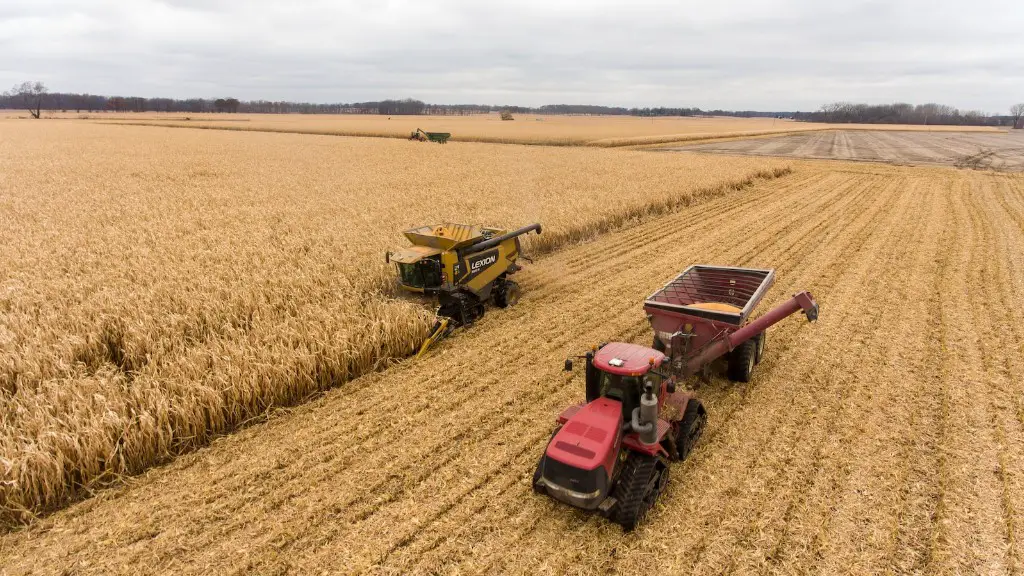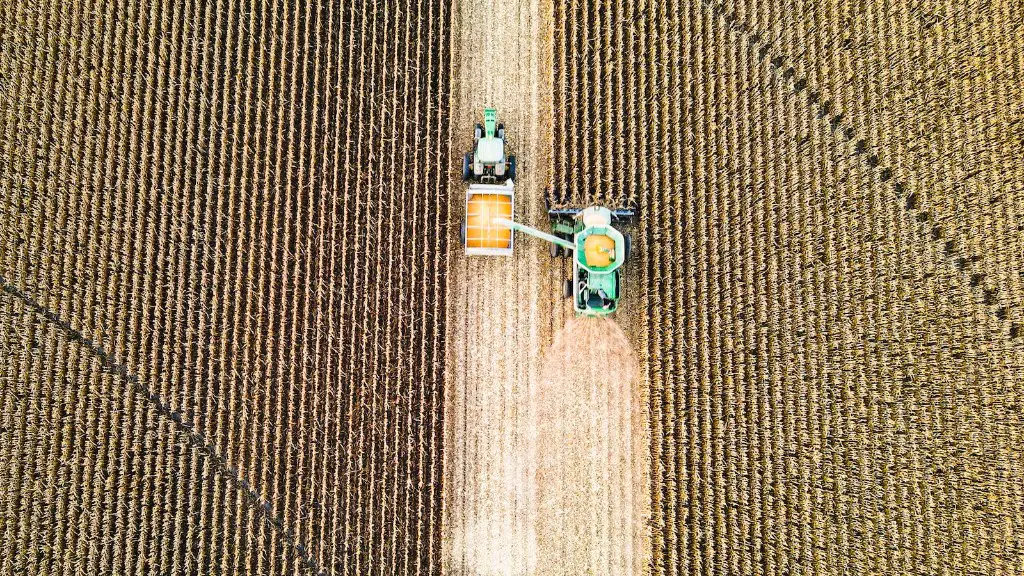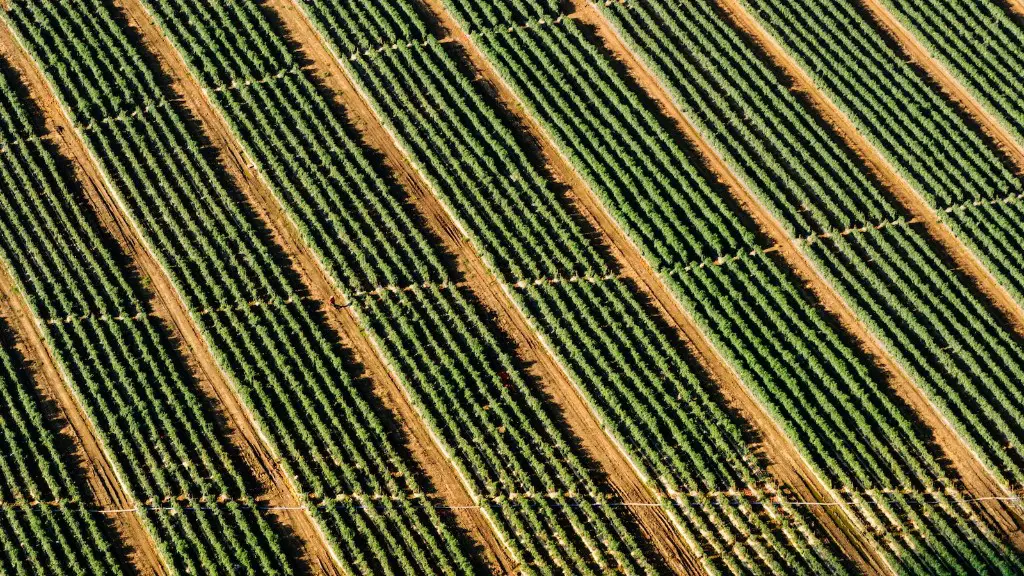In recent years, due to a growing awareness of gender-based disparities, researchers have increasingly focused on the gender gap in agriculture. This is because agricultural production, which is essential to food security and rural livelihoods, is largely undertaken by women in many countries. Women’s labour force participation in the agricultural sector is often tied to the economics and social dynamics of the agrarian system, making it essential to understand the gender gap in agriculture.
The gender gap in agriculture mainly lies in women’s relative access to factors of production, such as land, inputs, and credit. Globally, women own just 13% of agricultural land, despite having the same land rights as men in many countries. This lack of access has huge implications for women’s potential to raise incomes and adopt modern inputs, as well as diversify production.
Another major cause of the gender gap in agriculture is the absence of recognition for women’s labour, which includes both unpaid labour and unpaid care work. Women in many regions bear the brunt of carrying out unpaid labour, including tasks such as planting, tending, and harvesting food crops. This is in addition to the often-overlooked unpaid care work, which involves tasks such as childcare, cooking, and cleaning that women are expected to carry out.
The gender gap in agriculture also extends to access to technologies and the types of farming methods employed. Globally, women smallholder farmers use fewer productive inputs, such as fertilizers, than men due to economic, cultural, and social constraints. Similarly, many women lack access to information and technology aimed at promoting farm productivity and sustainability. These disparities between men and women in terms of access to inputs and technologies have a direct and significant impact on agricultural productivity.
In terms of policy interventions, there is a need for more measures specifically aimed at closing the gender gap in agriculture. There should be a focus on improving women’s equitable access to land, inputs, credit, and information, as well as knowledge on sustainable agriculture. In addition, governments should put in place policies and programmes that give women access to financial resources and prioritize investments in gender-sensitive technologies and improved infrastructure.
Educational Inequalities
The gender gap in agriculture is also linked to educational inequalities. By depriving women of access to the knowledge, skills and tools to increase their agricultural productivity, educational inequalities effectively prevent them from taking advantage of the opportunities that come along with agricultural production. This in turn harms their economic autonomy and ability to contribute to the economic development of their households and communities.
In many developing countries, women are the least likely to have access to the necessary education to be able to make decisions about how to improve agricultural productivity. According to UNESCO, there are still significant disparities between women and men in terms of literacy rates and educational attainment. This lack of access to education significantly limits women’s ability to carry out effective agricultural practices and to benefit from improved agricultural production.
Besides, gender differences in agricultural education are also exacerbated by differences in access to resources. Women are more likely to be denied access to land, credit and other economic resources, despite being engaged in and responsible for agricultural production. Women are also more likely to be excluded from the agricultural workforce and the decision-making process due to the lack of access to information and the ‘hidden curriculum’, i.e., the patriarchal values inculcated in households and communities.
Gender-Biased Agricultural Practices
Another major cause of the gender gap in agriculture is the prevalence of gender-biased agricultural practices. In many parts of the world, traditional gender roles and patriarchal values dictate how agricultural labor and resources are shared within households and communities. In such cases, men are typically given preferential access to productive resources or given control of their use, while women are expected to provide labour for agricultural production.
These gender-biased agricultural practices limit women’s ability to increase their agricultural productivity. The traditional division of agricultural labor, whereby men are responsible for modern farming technologies, while women are responsible for the more manual and labor-intensive tasks, limits women’s access to economic opportunities and restricts their input in decision-making. These gender divisions also contribute to the persistent gap between men’s and women’s agricultural productivity.
Gender-biased agricultural practices also increase women’s workloads and deplete their energy and resources. Furthermore, the lack of recognition of women’s labour, unpaid care work, and limited access to resources are all key factors in the gender gap in agriculture.
Gender Discrimination and Violence
In many parts of the world, gender discrimination and violence against women in the agricultural sector are pervasive. Women are often subjected to gender-based discrimination and violence within households, communities, and the workplace, which limits their access to land, credit, and other resources. Women also face discrimination in access to technology and capital, especially in patriarchal socio-cultural settings.
Moreover, women are often pressured to accept lower wages than men, and in some countries, they are even denied basic rights, such as land tenure security. These discriminatory practices and violence lead to decreased agricultural productivity and women’s disempowerment. As a result, women are often further marginalised and made more vulnerable to social, economic, and environmental risks.
Overall, the gender gap in agriculture is caused by a combination of factors, including unequal access to resources and factors of production, educational inequalities, gender-biased agricultural practices, and gender discrimination and violence.
Time Constraints
Time constraints also contribute to the gender gap in agriculture. Women often lack the time to engage in modern farming activities due to their need to carry out unpaid care work and unpaid labour within the household. The demands of care work and labour make it difficult for women to allocate their time and resources towards more productive activities, such as technology-intensive farming.
Time constraints also limit women’s access to agricultural extension services, as well as their ability to participate in agricultural training and activities. As a result, women’s access to modern knowledge, skills, and technologies is hindered, further exacerbating the gender gap in agricultural production.
Finally, women’s access to agricultural markets is also hampered by time constraints. Women often lack the time and resources to engage in market activities, such as conducting business negotiations, travelling to markets, and networking with buyers. This limits their potential to increase their incomes and to benefit from new agricultural opportunities.
Data Inequalities
Data inequalities are another major cause of the gender gap in agriculture. In many parts of the world, access to reliable data and information on farming activities is still limited. This lack of information hinders our ability to accurately measure women’s contributions to agricultural production, as well as to assess their access to resources. It also prevents us from understanding the full economic and social impact of the gender gap in agriculture.
Furthermore, the lack of information and data on the nature and extent of women’s agricultural labour inhibits the development of programs and policies that specifically target women’s needs. This lack of data also hides the ways in which women’s agricultural activities are deeply intertwined with those of men and how their combined efforts are required to increase agricultural productivity.
Overall, data inequalities prevent us from understanding the gender gap in agriculture and from taking appropriate action to address it. The lack of reliable and gender-disaggregated data on agricultural activities also hinders our ability to accurately measure the economic and social impact of the gender gap in agriculture.
Power Structures
Finally, the gender gap in agriculture is also linked to power structures. In many parts of the world, women are excluded from decision-making processes, both within households and at the policy level. This exclusion limits their access to resources and their ability to shape the direction of agricultural changes.
At the household level, women’s exclusion from decision-making means that they are less likely to be able to access, use, or control productive resources such as land, finance and knowledge. Women are also less likely to be able to influence the design and implementation of agricultural policies. Furthermore, women’s limited access to social networks and decision-making forums further limits their ability to access and control productive resources.
Overall, gender inequalities in access to and control of resources and decision-making power limit women’s ability to increase their agricultural productivity and reap the economic benefits of agricultural development. In turn, this contributes to the gender gap in agricultural production.





